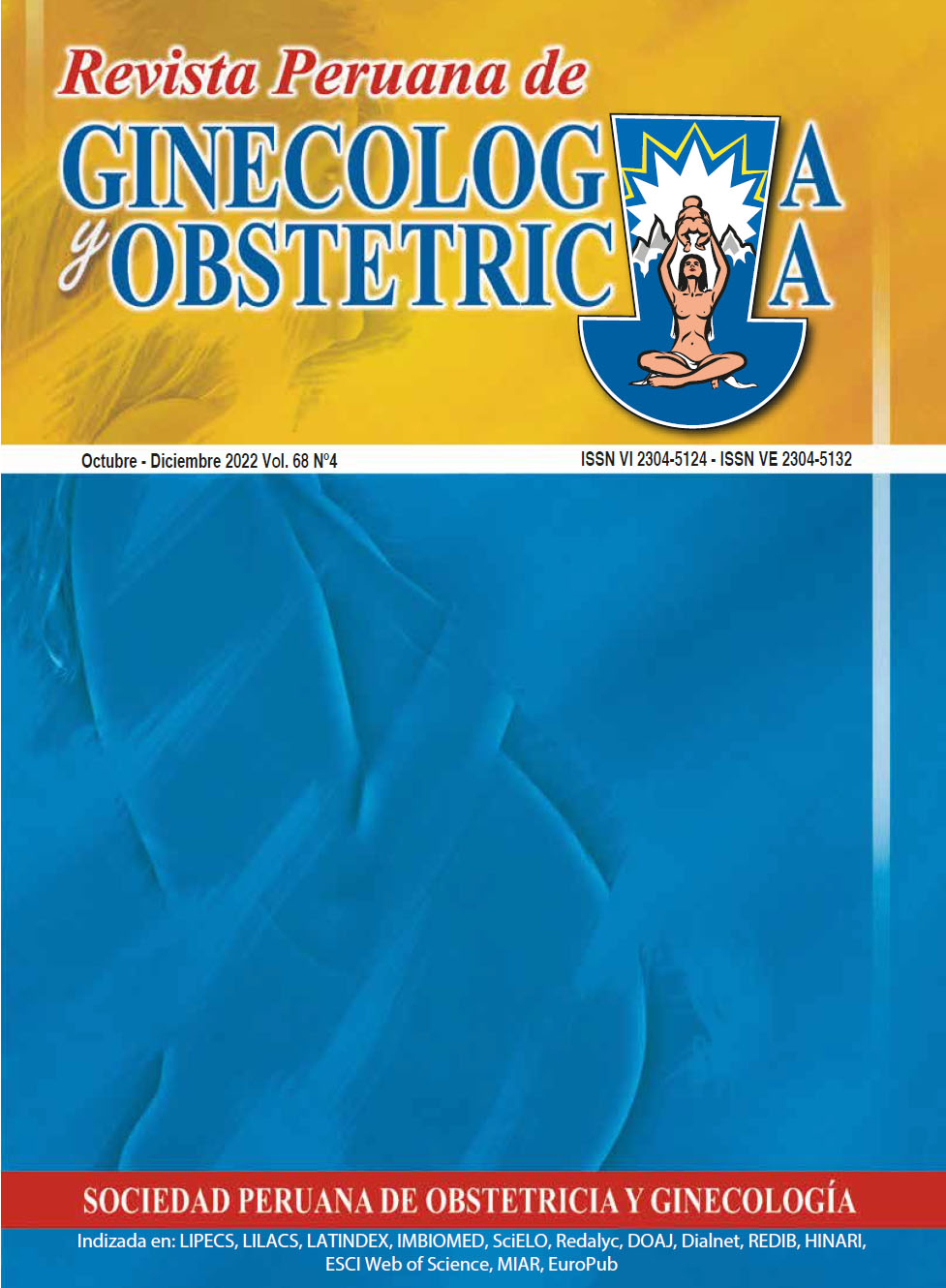The potential of municipalities in primary health care and its impact on the health of the Peruvian population
DOI:
https://doi.org/10.31403/rpgo.v68i2470Abstract
The recent pandemic starkly demonstrated the fragility of our Peruvian healthcare system. We did not have appropriate tests for the diagnosis of COVID 19, there were not enough ICU beds (1.6 per 100,000 inhabitants, while Argentina had 18.9) and we only had 270 ventilators nation-wide when Chile had 1,600 and Argentina 8,500. There were not enough intensivists and only 2 hospitals had an oxygen plant. We know the result: more than 216,000 deaths, Peru being the country with the highest death rate globally. Hospitals were saturated, tents, stretchers and wheelchairs were placed in the corridors, free spaces were insufficient, there were no oxygen balloons and people died outside the hospitals.
This scene will be engraved in many of us. Within this tragedy, we must highlight the resilience of the health personnel who, despite the serious
deficiencies, worked hard and paid for it with many lives. In the case of medical personnel, 500 physicians died from the virus.
Downloads
Downloads
Published
How to Cite
Issue
Section
License
Copyright (c) 2022 Alfredo Guzmán

This work is licensed under a Creative Commons Attribution 4.0 International License.
Esta revista provee acceso libre inmediato a su contenido bajo el principio de que hacer disponible gratuitamente la investigación al publico, lo cual fomenta un mayor intercambio de conocimiento global.















